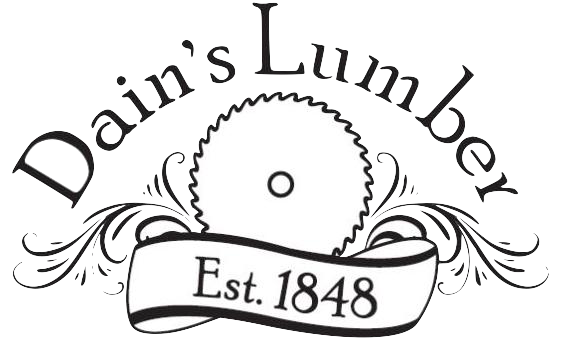
Deciduous. Height 60`-100`. Trunk Diameter 3 feet to 4 feet with a record of 17 feet. Distribution: originally, from New England, south to Georgia, west to the Mississippi. Once grown in commercial quantities, American chestnut made up a full one-third of this country`s hardwood growth, about nine million acres of forest. In this century a fungus bark disease has nearly reduced this species to the point of extinction. It is a member of the great beech family and not related to our common horse chestnut, which is a buckeye.
Today all supplies of chestnut lumber comes from dead timber! There are still quantities of chestnut logs in the Appalachian Mountains, which may be available for some time because of its great natural resistance to decay. The killer fungus does not affect the wood at all, only the bark. Before the blight arrived the American chestnut was a fast growing, broad tree with a short trunk and massive overhanging branches. It bore edible fruit, similar to the European chestnuts roasted at Christmas time. The wood is a rich gray-brown that becomes darker with age. It is coarse in texture with conspicuous growth ring patterns that resemble etched lines. It is moderately light weight and moderately hard. It seasons well and is easy to work with all tools.
Due to its rich color and distinctive patterns, chestnut is almost always sold for fine architectural installations, wall paneling, decorative veneers and for fine furniture. Because it is liberally marked with worm holes it is often referred to by its market name "wormy chestnut." This distressed look, now popular, adds to the value of this rare wood.
It is, needless to say, expensive. In the past, American chestnut was used for poles, railway ties, caskets, boxes, crates and core stock for veneer paneling. Today it is used for decorative elements: panels, trim, furniture, specialty veneers and picture framing.
